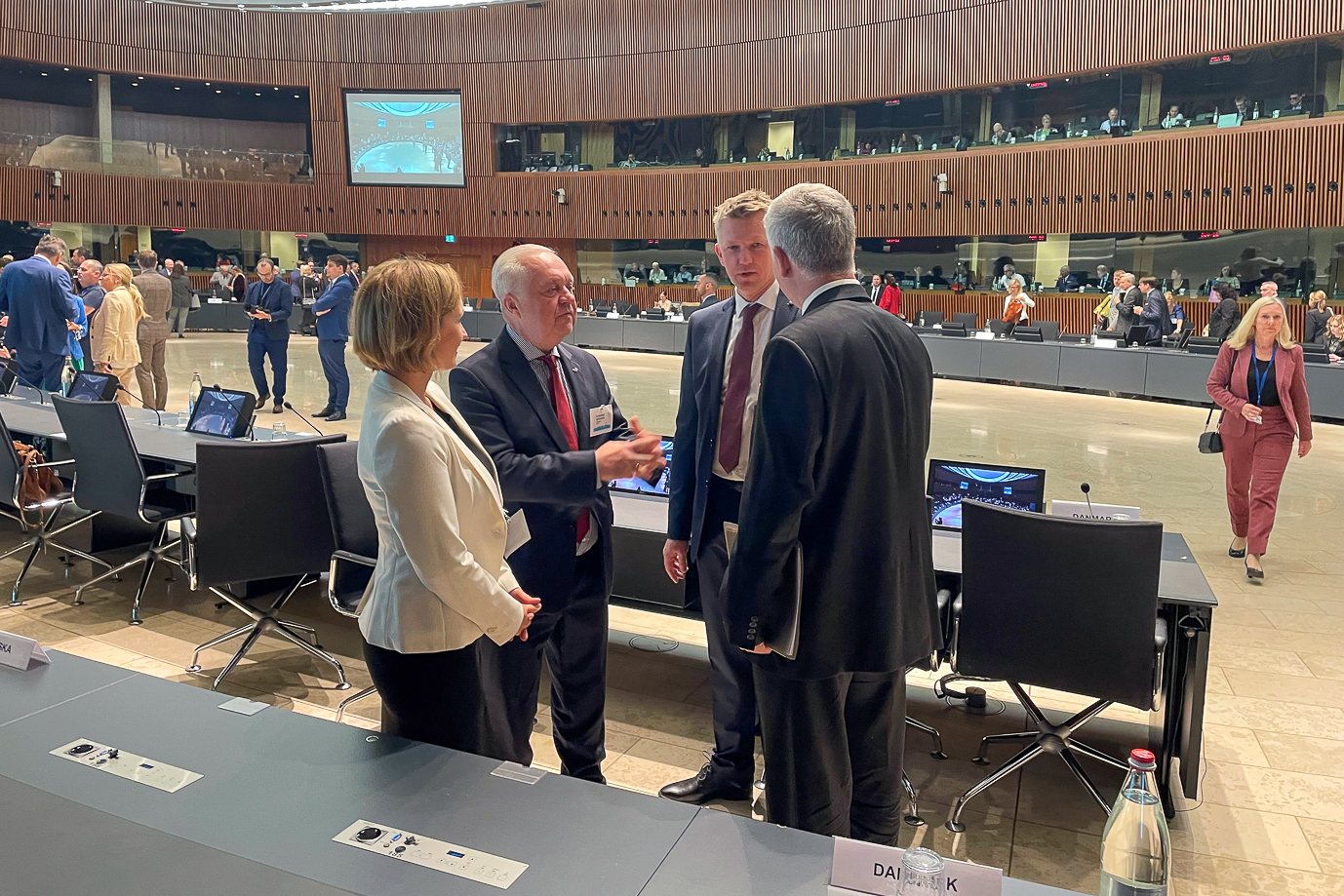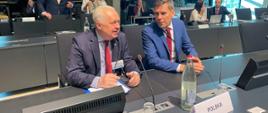AGRIFISH in Luxembourg: political agreement on fishing quotas
23.10.2024
During the EU Agriculture and Fisheries Council (AGRIFISH) meeting held in Luxembourg on 21-22 October 2024, a political agreement on the fishing quotas in the Baltic Sea for 2025 was reached. The Polish delegation was chaired by the Secretary of State Jacek Czerniak.

Cooperation for agreement
Deputy Minister Jacek Czerniak pointed to the existing work aimed at taking into account the interests of all parties involved in preparing a proposal regarding the amount of total allowable catches for 2025 in the Baltic Sea.
– Regional cooperation under BALTFISH allows to adopt the best measures for the Baltic Sea area. Establishing the total allowable catches means also taking into account both the best available scientific knowledge and socio-economic aspects, i.e. the full implementation of the provisions of the Common Fisheries Policy – stressed the Secretary of State.
Position of Poland
Poland opted for the lower sprat reduction so as to minimise losses in fishing and fish processing, according to the opinion by the scientific advisory body of the International Council for the Exploration of the Sea (ICES).
– The main objective of establishing the TACs for cod by-catches is to avoid the emergence of a situation of choke species. The quotas proposed by the Commission for 2025 did not reflect real cod by-catches in Poland – stressed Deputy Minister Czerniak and added that the proposal presented by the European Commission would lead to the situation where the too low by-catch quota for both cod stocks would block catches of other species.
– Low by-catch quotas could also lead to a problem of discards, which is unacceptable and must be eliminated. In addition, a reduction in both cod by-catch quotas would not bring any positive effect on the recovery of stocks. As a result of the negotiations, the amount of cod quotas corresponding to the actual by-catches of Poland has been determined – said the Secretary of State.
Deputy Minister Czerniak stressed that Poland prioritised the protection of fish stocks in the Baltic Sea, but also of people dependent on fishing. Therefore, it is necessary for the EU Member States to take joint measures, with the support of science, that will allow to recover stocks and improve the situation of fishermen.
Adopted amounts of fishing quotas
Pursuant to the Council agreement adopted, the following total amounts of fishing quotas in the Baltic Sea have been established for 2025.
|
Species |
Quota (EU) |
Quota (PL) |
Difference in relation to 2024 |
|
Cod (area 22-24)* |
266 t |
31 t |
-22% |
|
Cod (area 25-32)* |
430 t |
113 t |
-28% |
|
Herring (area 22-24)* |
788 t |
103 t |
0% |
|
Herring (area 25-29, excluding the Gulf of Riga) |
83,881 t |
20,898 t |
+108% |
|
European plaice (area 22-32) |
11,313 t |
1,697 t |
0% |
|
Salmon (area 22-31)* |
34,787 units |
2,187 units |
-36% |
|
Sprat (area 22-32) |
139,500 t |
40,957 t |
-31% |
*fishing quotas allocated for by-catch only



